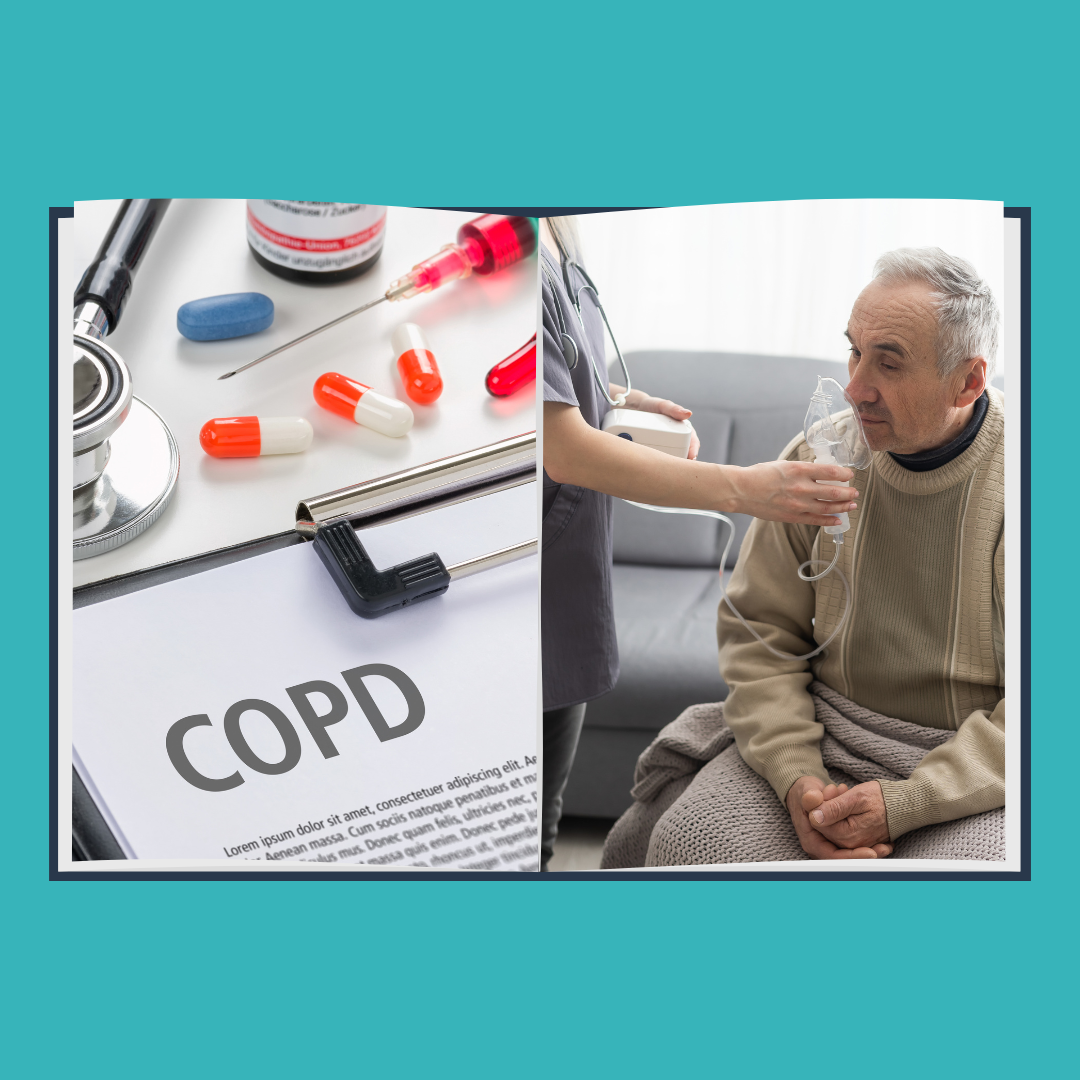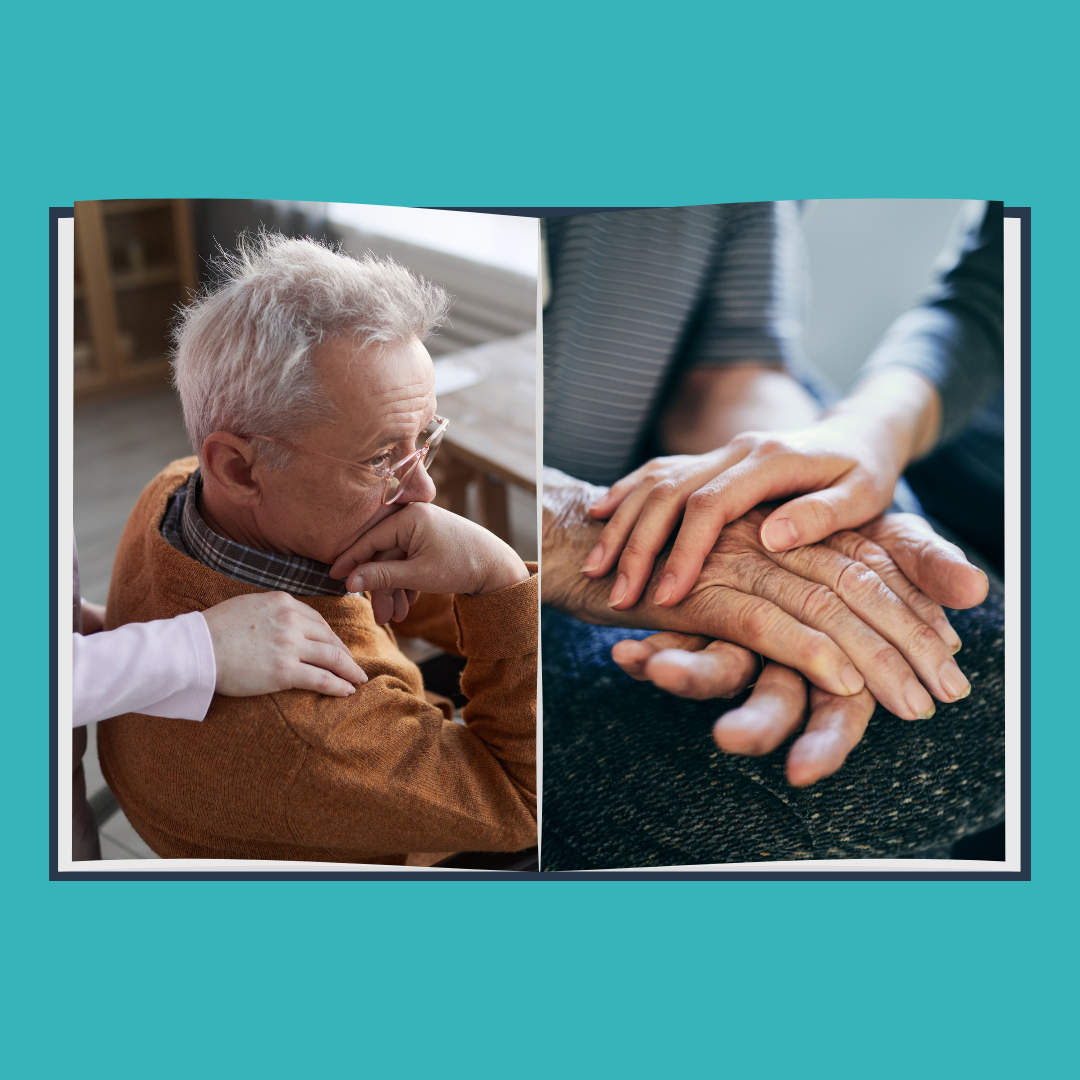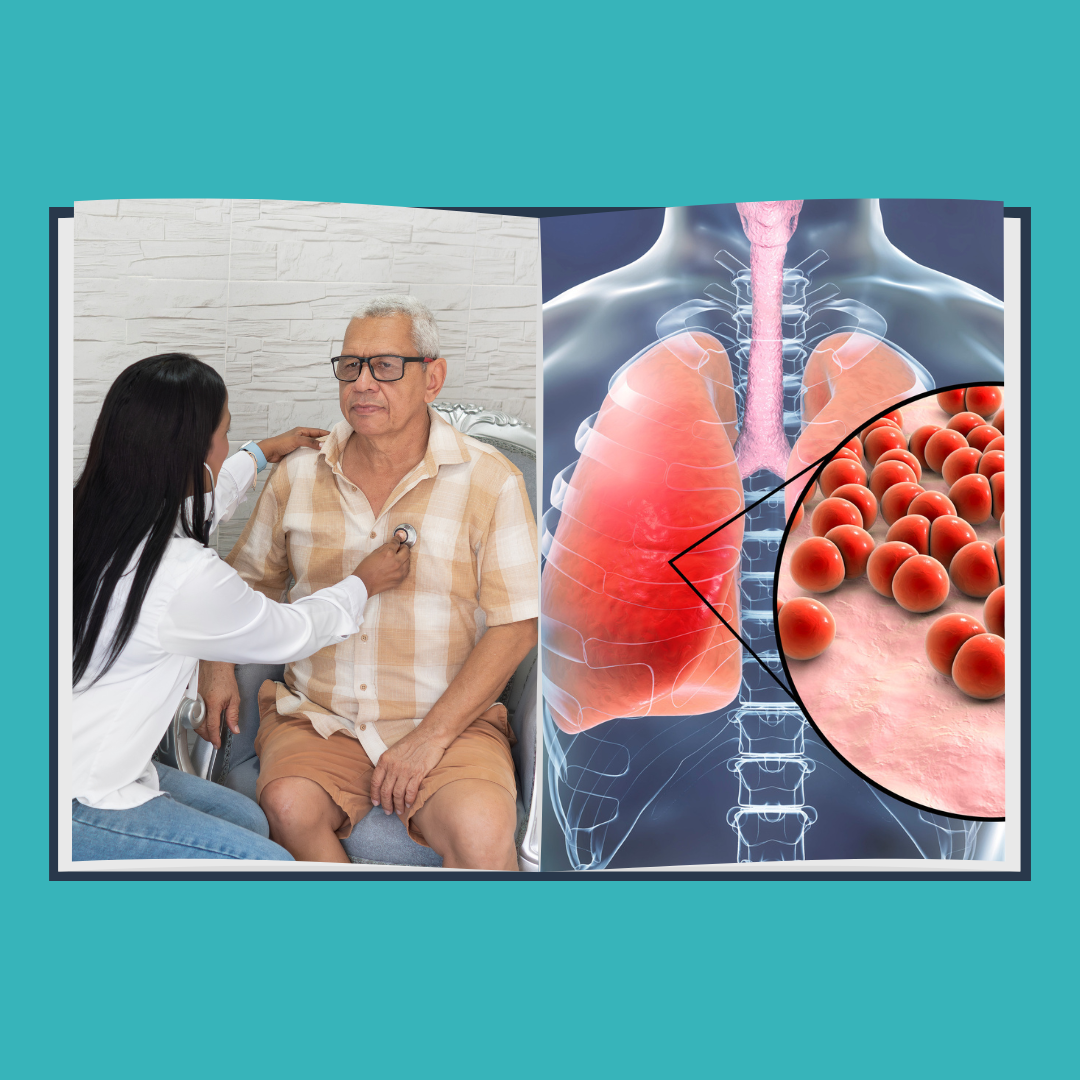New Paragraph
June 9, 2025
Understanding and Managing Osteoporosis in Seniors
Osteoporosis is a common condition that weakens bones, making them fragile and more likely to break. It affects millions of older adults, particularly women after menopause. For seniors, osteoporosis can lead to serious injuries, such as hip fractures, that greatly impact their independence and quality of life. By learning about osteoporosis and taking proactive steps, caregivers and families can help seniors stay strong and safe at home.
What is Osteoporosis?
Osteoporosis literally means “porous bone.” As we age, our bones naturally lose some density, but osteoporosis speeds up this process, causing bones to become brittle. Often called a “silent disease,” osteoporosis can progress without symptoms until a fracture occurs.
Why Seniors Are at Higher Risk
- Age: Bone loss accelerates with age.
- Gender: Women are especially at risk because of lower estrogen levels after menopause.
- Family history: Genetics can play a role.
- Medications: Certain drugs (like steroids) can weaken bones over time.
- Lifestyle factors: Smoking, excessive alcohol use, and lack of exercise all contribute.
Common Osteoporosis-Related Fractures
- Hip fractures: These often require surgery and can lead to long-term disability.
- Wrist fractures: Falls are a common cause.
- Spine fractures: Compression fractures in the spine can cause chronic pain and a stooped posture.
Signs and Symptoms
- Loss of height over time.
- Stooped or hunched posture.
- Sudden back pain, often from a vertebral fracture.
- Bone fractures after a minor fall.
Prevention and Lifestyle Tips
1. Nutrition for Strong Bones
- Calcium: Dairy, leafy greens, and fortified foods help maintain bone strength.
- Vitamin D: Needed to absorb calcium. Sunshine and fortified foods are helpful, but seniors often need a supplement.
- Balanced diet: Eating a variety of fruits, vegetables, and lean proteins helps overall bone health.
2. Exercise and Activity
- Weight-bearing exercises: Walking, dancing, or gentle strength training can slow bone loss.
- Balance exercises: Tai chi or yoga can reduce fall risk by improving balance and flexibility.
3. Quit Smoking and Limit Alcohol
- Smoking and drinking weaken bones. Reducing these habits can help seniors maintain bone strength.
Medication Options
Doctors may prescribe medications like:
- Bisphosphonates: Help slow bone loss.
- Hormone-related therapy: Can be helpful for some postmenopausal women.
- Newer medications: Injections or IV treatments for those with severe bone loss.
Fall Prevention at Home
Falls are the main cause of osteoporosis-related fractures. Here’s how to make the home safer:
- Remove clutter and secure rugs.
- Install grab bars in bathrooms and railings on stairs.
- Ensure good lighting throughout the home.
- Encourage seniors to wear non-slip shoes.
When to Seek Medical Help
- Sudden, severe back pain or a noticeable change in posture.
- Fractures from a minor incident.
- Worsening balance or increasing dizziness.
Supporting Seniors Emotionally
A diagnosis of osteoporosis can feel daunting. Caregivers can support seniors by:
- Encouraging gentle movement: Even light activity helps maintain independence.
- Offering reassurance: Many seniors worry about falling. Helping them feel safe at home can ease anxiety.
- Regular check-ins: Communicate with their healthcare team for ongoing support.
Osteoporosis doesn’t have to mean the end of an active, independent life. With thoughtful care and safe practices, seniors can continue to enjoy their daily activities while protecting their bone health. At Hope and Recovery Care, we’re here to help families create a safe and supportive home environment for seniors—every step of the way.

Parkinson’s Disease in Seniors: How In-Home Care Enhances Mobility, Safety, and Emotional Well-Being
Explore how Parkinson’s disease impacts seniors and how in-home care improves mobility, safety, emotional well-being, and daily independence. A must-read guide for families supporting aging loved ones with Parkinson’s.








